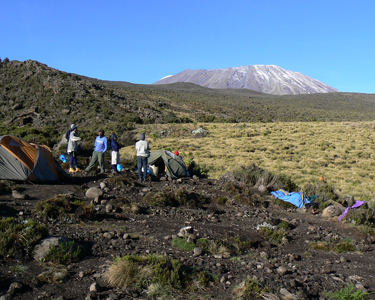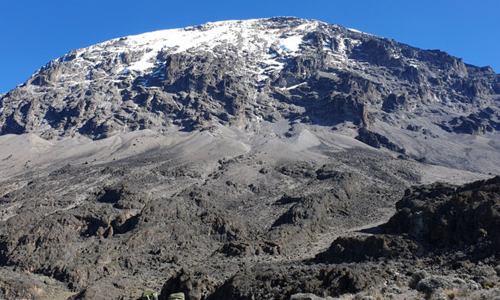Recent Posts
Contact Us
5807 W 63rd St, Chicago, IL 60638, United States

The 6 Days Umbwe Route is a challenging climb that requires climbers to be well-prepared and acclimatized to the altitude.
This Umbwe Route climb usually takes around six days, with daily hikes ranging from six to eight hours. The Umbwe Route is a less travelled route, which means climbers can enjoy a more secluded and intimate experience with the mountain.
The Umbwe Route is like no other; a test of endurance amongst the majesty and grace of Kilimanjaro. As you stand proudly on Uhuru Peak at sunrise, you can say that you have conquered Umbwe. Although not technical, this route is arduous and the steep but short physical climb early on in the tour means there’s no time for altitude acclimatization. If you’re undecided or less experienced, try our Umbwe Route more gentle but just as amazing.
| Included |
All transfers to the mountain and back to your Moshi hotel Professional, experienced, mountain guides Guides, Porters, Cook salaries, and park fees Emergency Oxygen Cylinder All meals while on the Mountain Large portions of fresh, healthy, nutritious food Clean, purified drinking water Conservation fees (part of park fees) Camping or Hut fees (part of park fees) Rescue fees (part of park fees) VAT (18% charged by the Government) Kilimanjaro summit certificate |
|---|---|
| Excluded |
Tanzania Visa International and domestic flights Hotel (available as an optional addon) Transfers (available as an optional addon) Personal trekking equipment such as sleeping bags,hiking boots,clothes,etc (« for renting) Tips and gratuities Travel insurance Personal Expenses (e.g.laundry, telephone,beverages,etc.) Meals not listed in the itinerary Liquors,beers and bottled beverages Surcharge for online payment of advance and balance (5% on each payment) |
Before beginning our 6-day Umbwe Route trek, we will register at the Umbwe Park Gate. We climb up through the rainforest and along the Umbwe River on a short curving trail. The first night’s camp is in Umbwe Cave Camp, which is located at an elevation of roughly 2,900 meters.
After we leave camp, we reach the end of the rainforest zone on Mount Kilimanjaro. As the afternoon mists drift up the Great Barranco, we can see the sheer wall of the Western Breach emerging and receding. We’ll spend the night in Barranco camp.
Today’s adventure begins with a quick but enjoyable climb to the summit of the Great Barranco Wall. We next descend over scree to the Karanga Valley (3930m), which lies beneath the Heim, Kersten, and Decken Glaciers’ icefalls. We’ll spend the night in the Karanga camp.
We leave the Karanga camp behind to reach the Mweka descending Trail’s junction. We proceed up to the Barafu Hut from here. You’ve finished the Southern Circuit, which provides views of the peak from a variety of perspectives. We may relax, eat dinner, and prepare for the summit day in camp. From this vantage point, the two peaks of Mawenzi and Kibo may be easily viewed.
At 23:30, you will be awoken with some fast tea and some snacks. Between the Rebman and Ratzel glaciers, we begin our ascent to the top. We’ll take a north-westerly route to Stella Point on the crater rim, ascending via hard scree. This is the trek’s most psychologically and physically demanding section. We’ll take a short break at Stella Point (5732m) and be rewarded with one of the most spectacular sunrises you’ll ever witness (weather permitting). We will have reached the highest point on Mount Kilimanjaro and the continent of Africa at Uhuru Peak (5895m). At these heights, it may get pretty chilly at night, but by the end of the trekking day, it will be fairly warm.
We descend from the peak to the Mweka Hut campsite through Barafu for lunch. The rough gravel on the way down to Mweka Camp will necessitate the use of trekking poles (3100m). Later that evening, we’ll have our final meal on the mountain before getting some well-deserved rest.
After breakfast, we trek down to the Mweka Park Gate, where you will obtain your summit certificates which marks the end of your 6 days Umbwe Route trek on Mount Kilimanjaro. It might be muddy and damp at lower levels. The use of gaiters and trekking poles will be beneficial. T-shirts and shorts will suffice (keep rain gear and warmer clothing handy).





Copyright 2024 Joining Tours. All Rights Reserved. | Designed By Safari Marketing Pro